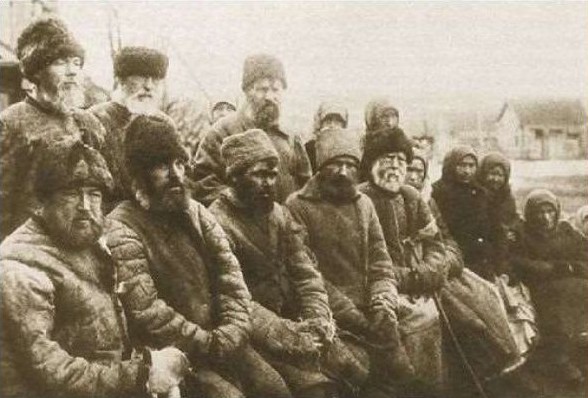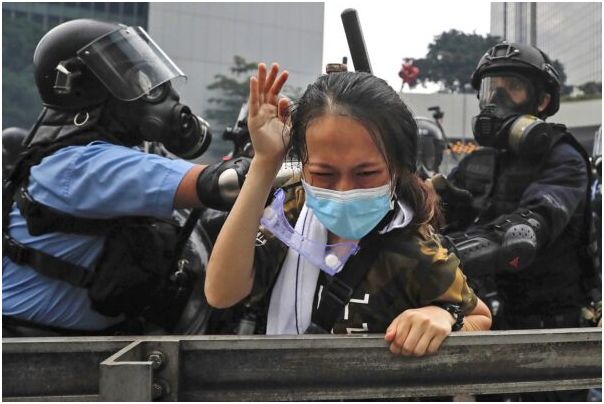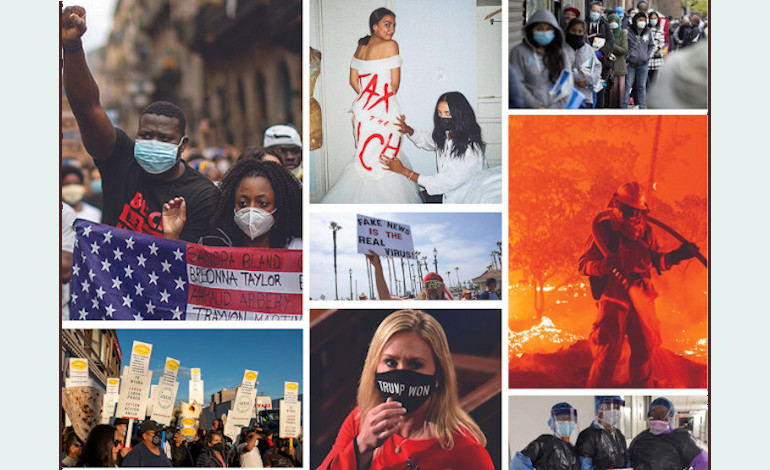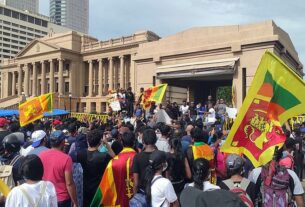
This is the seventh in our series on the events of 1917. Dates are given in the old style Julian calendar used in Russia at the time. This was 13 days earlier than the Gregorian calendar (adopted in Russia in 1918).
The Bolshevik party still faces state repression, many of its leaders in prison or in hiding. It is cash-strapped, the circulation of its papers reduced to a trickle. Nonetheless, its influence is growing again, boosted by its role in defeating General Kornilov’s coup attempt at the end of August. The Bolsheviks rebuild links to the troops, epitomised by Yevgenia Bosh. She tirelessly tours Ukraine frontlines addressing mass soldiers’ meetings. Soviets increasingly adopt elements of workers’ control, dictating pay, local supplies and services, organising militias. Peasant committees distribute land.
September
1: The Petrograd Soviet – still under a Menshevik/Social Revolutionary majority – passes a Bolshevik resolution calling for a workers’ and peasants’ government, by 279 votes to 115. Alexander Kerensky, the prime minister and war minister, sets up a five-man ‘directory’ to run Russia.
2: Soviets in Finland vote by 700 to 13, with 36 abstentions, for a soviet government.
4: Trotsky is released from Kresty prison after Petrograd trade unions bail him out.
5: The Moscow Soviet passes a no-confidence vote in the Provisional Government by 335 to 254. The congress of Siberian soviets in Krasnoyarsk renews its support for the Bolsheviks.
8: Baltic Fleet sailors demand an immediate armistice, the transfer of land to peasant committees, and workers’ control of production. The Kyiv Soviet of workers’ deputies votes 130 to 66 in favour of a soviet government. Similar resolutions pass in other industrial centres.
9: The Petrograd Soviet votes no-confidence in its Menshevik/SR executive, and in the coalition government, by 519 to 414 with 67 abstentions. The Soviet elects a new executive led by Bolsheviks, Left SRs and Internationalist-Mensheviks.
11: The Moscow Soviet unanimously condemns the state repression of the Bolsheviks. The Black Sea Fleet adopts the slogan, ‘power to the soviets’, as do 23 regiments of the 12th Army.
14-21: The Democratic Conference takes place in Petrograd, another attempt by the Provisional Government to circumvent the soviets and undermine the Bolsheviks (cf the State Conference, Moscow, 12-15 August). Among its 1,600-1,775 delegates, there are around 530 SRs, 170 Mensheviks, 136 Bolsheviks, and 55 Trudoviks (pro-Kerensky). Yet it votes against a new coalition. The government then sets up a ‘provisional council’ but this also rejects the proposal. So it picks a Council of the Republic (the ‘Pre-Parliament’) due to meet in early October. This has 550 members, including a large big-business bloc, alongside 120 SRs, 75 Kadets, 60 Mensheviks – with 66 Bolsheviks, 30 Internationalist-Mensheviks and some other lefts. Initially, the Bolshevik Central Committee agrees to participate – Lenin and Trotsky are opposed.
18: The Tashkent Soviet overthrows the local government, but Kerensky’s forces take back control – workers from 40 soviets call a week-long general strike in protest.
20: Bolshevik delegates to the Democratic Conference, the party’s CC and its Petrograd committee meet to discuss the pre-parliament controversy. The boycott is again rejected, by 77 to 50. This echoes the approach taken by a leading layer of Bolsheviks during February and March – before the arrival of Lenin. It also presages the hesitancy of some to the seizure of power in October. Rank-and-file members understand the boycott call much more readily. In Ukraine, for instance, the Bolsheviks’ Kyiv committee opposes it – a small minority around Yevgenia Bosch backs the boycott – but a city-wide conference adopts it by an overwhelming majority.
23: Lenin again writes in favour of the boycott, arguing that the Bolsheviks must prioritise building support in the soviets, trade unions, the army and among the masses.
24: Kerensky forms the third coalition government, including ten Menshevik and SR ministers. Rail workers strike over pay.
25: Trotsky is elected chair of the Petrograd Soviet.
Towards the end of September the Moscow municipal elections record a significant shift: the Kadets receive 101,000 votes (compared to 109,000 in June), the SRs slip to 54,000 (from 375,000), the Mensheviks get only 16,000 (from 76,000), while the Bolsheviks win 198,000 votes (from 75,000).




